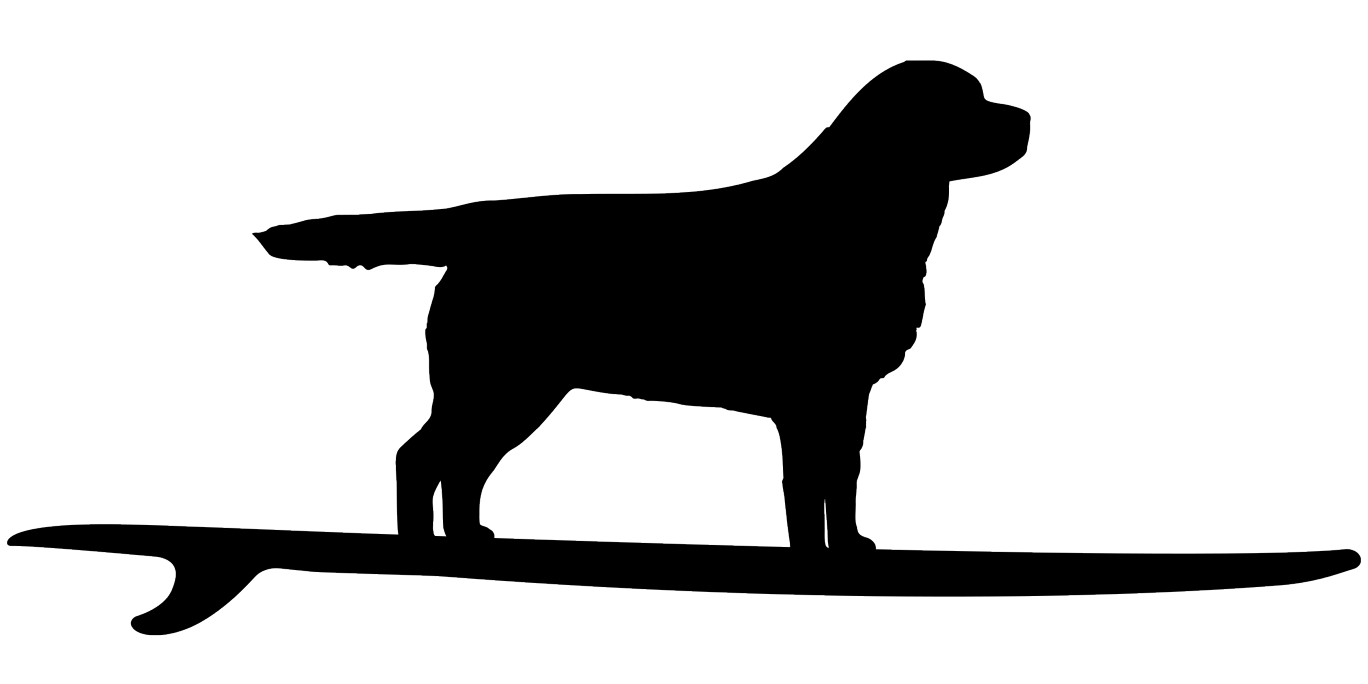Approved Colors
Labradors come in 3 colors: Black, Yellow, & Chocolate. Ethical breeders will never breed dilute dogs.
Then why do I see Charcoals, Silvers, Black & Tans, and Brindles?
Just like doodles and other cross bred mutts, some breeders select for color and fads that will sell – not for the breed standard. If you do want a “designer dog” try and find a breeder doing full OFA hip/elbow testing, genetic testing, exhibiting, and promoting the breed. It will be a hard find as these people are typically after the check, not upholding the breed. Know that getting a designer dog can lead to bills down the road as the dogs are not genetically tested.
Per the AKC Standard:
Color: The Labrador Retriever coat colors are black, yellow and chocolate. Any other color or a combination of colors is a disqualification. A small white spot on the chest is permissible, but not desirable. White hairs from aging or scarring are not to be misinterpreted as brindling.
Why would a dog have white if they’re pure bred?
You can thank the St. John’s Water Dog for passing that allele down at the A locus.
Blacks are all black. A black with brindle markings or a black with tan markings is a disqualification.
Yellows may range in color from fox-red to light cream, with variations in shading on the ears, back, and underparts of the dog.
Chocolates can vary in shade from light to dark chocolate. Chocolate with brindle or tan markings is a disqualification.
The fox-red Labrador Retriever is an approved shade of Yellow. The difference is the darker coat color. Through selective breeding, labs can become darker or lighter over generations by choosing the darkest pup from the bunch. The intensity gene varies with labs, and a fox-red lab has a high intensity, “I” gene.
The White Labrador Retriever is an approved shade of Yellow. The difference is the lighter coat color. While the fox-red labrador has a high intensity gene, the white lab has a very low intensity gene, “i.” Breeding a yellow lab to a white lab will give you an array of intensity of coat color.
Yellow Labrador Retrievers will typically get a pink nose in winter, often referred to as “Snow Nose”. This does not go against breed standard as their eye rim, nose, and muzzle will stay black – unlike a Dudley who never had the pigment to begin with.
Designer Colors

If you do want a designer dog, please adopt one. We ask you don’t promote a breeder not doing proper health testing.
The Charcoal Labrador Retriever is a diluted black lab, this dark grey color is seen when a black labrador carries two recessive copies of the dilute “d” gene.
The stance on Charcoal, or any dilute Labrador from the National Parent Club is that is is not allowed. Breed preservationists would not ethically breed a dilute dog as it goes against the standard.
The Champagne Labrador Retriever is a yellow lab with two recessive copies of the dilute gene, being “dd.” They can have any of the yellow gene combinations, but carry the double dilute.
The stance on Champagne, or any dilute Labrador from the National Parent Club is that is is not allowed. Breed preservationists would not ethically breed a dilute dog as it goes against the standard.
An example is eeBBdd, or eebbdd.
The Silver Labrador Retriever is a diluted chocolate lab. This light gray/silver color is at the peak of controversy due to the similar coloring of other breeds. Silver Labrador Alopecia (Color Dilution Alopecia) is very common as they suffer from a multitude of allergy and skin issues due to the dilute gene.
It’s been inferred, but not proven, that some breeders use Weimaraners to introduce the dilute gene into their breeding pool.
The stance on Silver, or any dilute Labrador from the National Parent Club is that is is not allowed. Breed preservationists would not ethically breed a dilute dog as it goes against the standard.
The possible gene combinations for a silver lab are: EEbbdd, Eebbdd.
The Dudley Labrador Retriever in simple terms is a chocolate lab wearing a yellow lab’s coat. Dudley’s have the same “ee” gene as yellow labs with black noses, but they do not have the dominant “B” genes shown in black labs or carried by yellow labs. Instead, they have two “b” genes.
Breeders avoid Dudley’s by never breeding a yellow lab to a chocolate lab (how the dudley is made). A Dudley goes against the breed standard as they will not have dark pigment on their nose.
Dudley’s can have intensity as dark as fox-red or as light as white. The possible gene combination for a Dudley lab is: eebb.
The Brindle Labrador Retriever certainly looks interesting! An entirely different gene called “K” is responsible for these beautiful markings. All labs have the K gene, but different variations give different results. If you are lucky enough to find a Brindle lab, they are more likely to be a black lab with some brindle marks on their legs. Only about 4% of labs actually carry the gene (carry the ability to produce brindle pups) which is why it’s so uncommon to see!
The Tan-Point Labrador is created from the A gene. This is very uncommon in Labradors, and most breeders that discover the gene in their line, avoid it all together since the dual coat looks far from purebred. But don’t fret! A tan-point lab can be 100% Labrador Retriever.
Coat Color Calculator
Want to know what genotypes paired together will result in?
Use our inheritance calculator to input the sire and dam’s color and see what the offspring will be.
We even included the Punnett square so you can see the full data!


